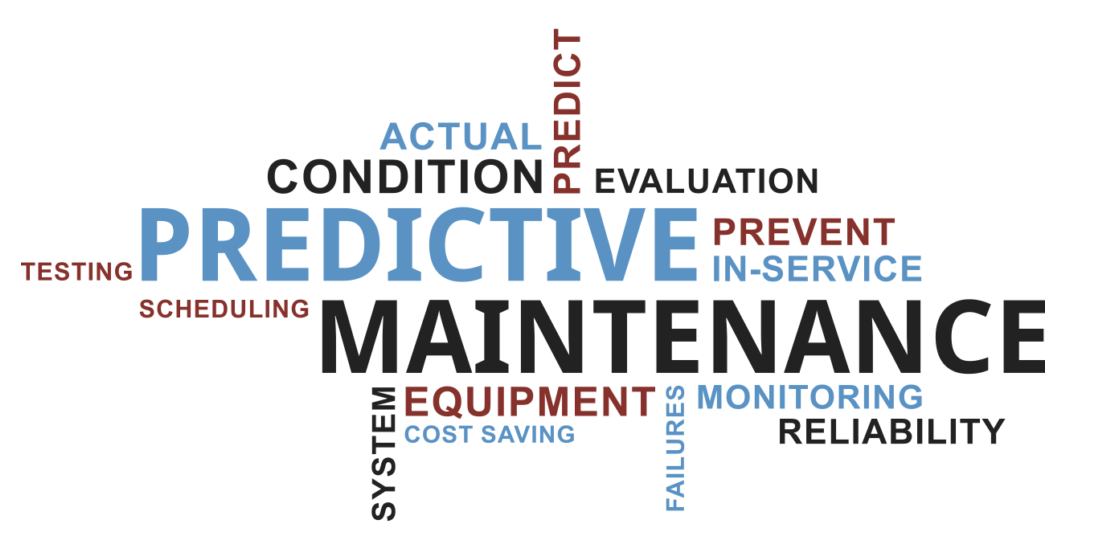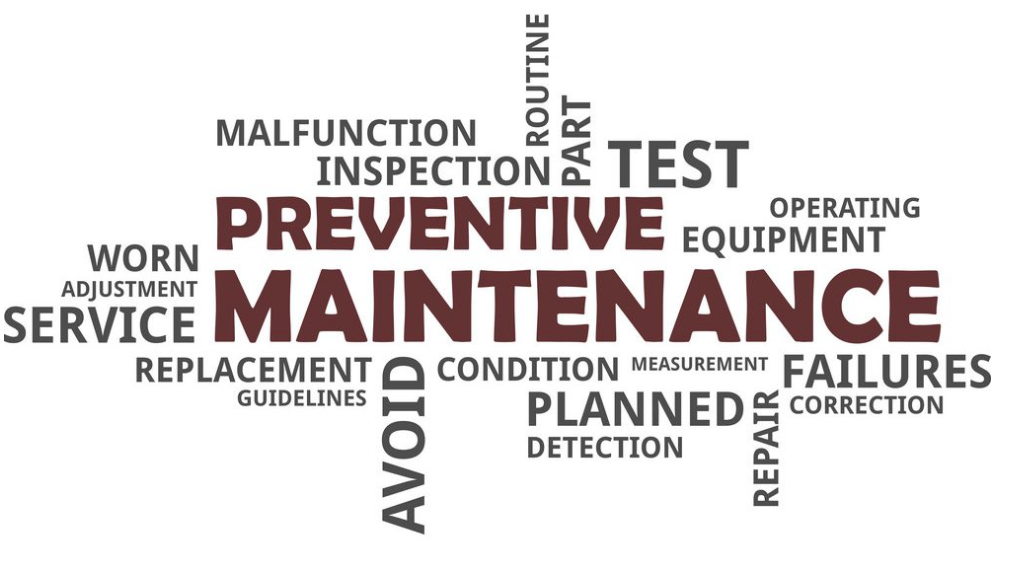Building Predictive Maintenance in Sydney & Melbourne
Maintenance is an essential aspect of every business operation, ensuring that the equipment and machinery are functioning optimally. However, traditional maintenance approaches are reactive, leading to increased downtime and unexpected repair costs.
Predictive maintenance is a proactive approach that involves leveraging technology and data to anticipate equipment failure, allowing for timely repairs and minimal disruption. In this article, we will explore the concept of predictive maintenance, its benefits, and how businesses can implement it in Sydney and Melbourne.
Introduction to Predictive Maintenance
Predictive maintenance is a data-driven approach to maintenance that involves monitoring equipment and machinery for signs of failure. By leveraging sensor data, businesses can predict when a piece of equipment is likely to fail, allowing for timely maintenance to avoid costly downtime.
Predictive maintenance is based on the idea that equipment failure follows a pattern, and this pattern can be detected and analyzed to predict future failures.
Benefits of Predictive Maintenance
Predictive maintenance has several benefits over traditional maintenance approaches, including:
Reduced downtime
Predictive maintenance allows for timely repairs, minimizing downtime and ensuring that the equipment is available when it is needed.
Increased equipment lifespan
By identifying potential problems early, businesses can take corrective action to extend the lifespan of their equipment.
Cost savings
Predictive maintenance reduces repair costs by allowing for timely repairs and minimizing the need for emergency repairs.
Improved safety
Predictive maintenance can identify potential safety issues, allowing for corrective action to be taken before an accident occurs.

Implementing Predictive Maintenance in Sydney and Melbourne
Step 1: Identify the equipment to monitor
The first step in implementing predictive maintenance is to identify the equipment to monitor. This equipment should be critical to the operation and have a high risk of failure.
Step 2: Install sensors
Once the equipment has been identified, sensors need to be installed to monitor the equipment’s performance. These sensors can be used to measure various parameters, such as temperature, vibration, and pressure.
Step 3: Collect and analyze data
The data collected by the sensors needs to be analyzed to identify patterns that indicate potential failures. This analysis can be done using machine learning algorithms and other data analysis tools.
Step 4: Schedule maintenance
Based on the analysis, maintenance schedules can be developed to ensure that repairs are made before equipment failure occurs. This can be done through a combination of in-house maintenance staff and third-party contractors.
Step 5: Continuous improvement
Predictive maintenance is an ongoing process that requires continuous improvement. As more data is collected and analyzed, the maintenance program can be refined to improve efficiency and reduce costs.
Conclusion
In conclusion, predictive maintenance is complementary to preventive maintenance and is a powerful tool that businesses in Sydney and Melbourne can use to optimize their maintenance operations. By leveraging technology and data, businesses can anticipate equipment failure and take proactive measures to minimize downtime and repair costs. Implementing predictive maintenance requires careful planning and execution, but the benefits are well worth the effort. With the right strategy and expertise, businesses can transform their maintenance operations and improve overall performance.
FAQs
Any business that relies on equipment or machinery can benefit from predictive maintenance, including manufacturing, transportation, and healthcare.
The cost of implementing predictive maintenance varies depending on the size of the operation and the equipment being monitored. However, the cost is typically offset by the savings in downtime and repair costs.
Sensors used in predictive maintenance can measure various parameters, including temperature, vibration, pressure, and electrical current.
Yes, by allowing for timely repairs, predictive maintenance can significantly reduce the need for emergency repairs.
Data analysis is a critical component of predictive maintenance as it allows for the identification of patterns and trends that can be used to predict equipment failure.
No, predictive maintenance is an ongoing process that requires continuous monitoring, data analysis, and improvement to maintain optimal equipment performance.
To get started with predictive maintenance, businesses should identify critical equipment, install sensors, collect and analyze data, develop maintenance schedules, and continuously refine their maintenance program based on data and analysis.




